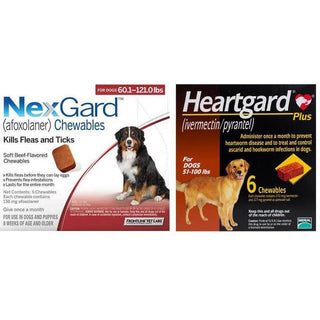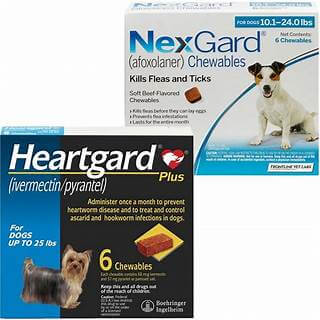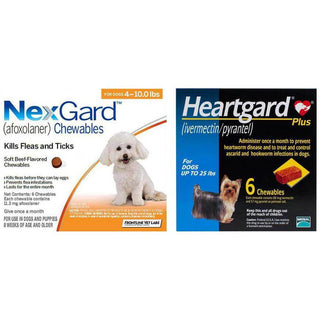
Dehydration in cats is a serious issue that every pet parent should watch out for. Cats are often masters at hiding discomfort, making recognizing subtle changes that could indicate dehydration crucial. Timely action can prevent severe health problems and ensure your cat stays happy and healthy.
Why Hydration Matters for Cats
Water plays an essential role in your cat's overall health. It helps regulate body temperature, transport nutrients, flush out toxins, and support organ function. Unlike dogs, cats may not always show obvious signs of thirst, especially when eating wet food. This makes it even more important to observe them closely.
Causes of Dehydration in Cats
Dehydration happens when a cat loses more fluids than it consumes. Some common reasons include:
- Vomiting or diarrhea
- Fever or illness
- Hot weather or prolonged sun exposure
- Reduced water intake due to stress or environmental changes
- Kidney disease or other chronic conditions
Understanding the cause can help you quickly restore hydration and seek veterinary care.
Warning Signs of Dehydration
Look out for these symptoms that may signal your cat is dehydrated:
- Dry, sticky gums
- Loss of skin elasticity (test by gently lifting the skin at the scruff of the neck – if it doesn’t snap back quickly, dehydration may be present)
- Sunken eyes
- Lethargy or weakness
- Reduced appetite
- Panting or increased heart rate
If you notice any of these signs, it’s important to contact your veterinarian immediately.
How to Check for Dehydration at Home
A simple skin tent test can help determine if your cat is dehydrated. Lightly lift the skin at the scruff of your cat’s neck with your fingers. In a well-hydrated cat, the skin should return to normal almost instantly. If it stays tented or returns slowly, dehydration could be the reason.
Another method is to check your cat’s gums. Healthy gums should be moist and smooth. Dry or tacky gums often indicate dehydration.
Tips to Prevent Dehydration
- Provide fresh water daily: Make sure your cat always has access to clean, cool water.
- Use multiple water bowls: Place bowls in different areas around your home.
- Try a cat water fountain: Many cats prefer running water.
- Feed wet food: Adding wet food to your cat’s diet helps increase their fluid intake.
- Encourage drinking: Some cats enjoy flavored water or ice cubes from low-sodium broth.
When to Visit the Vet
If left untreated, dehydration can quickly become a serious and potentially life-threatening condition. If you notice persistent signs of dehydration or your cat stops drinking water, consult your veterinarian. They can diagnose underlying conditions and provide the necessary treatment, such as fluid therapy.
Conclusion
Keeping your cat hydrated is vital for its health and well-being. Monitor their drinking habits, provide clean water, and look out for any signs of dehydration. If you’re ever unsure, reach out to your vet—it’s always better to be safe regarding your cat’s health.






